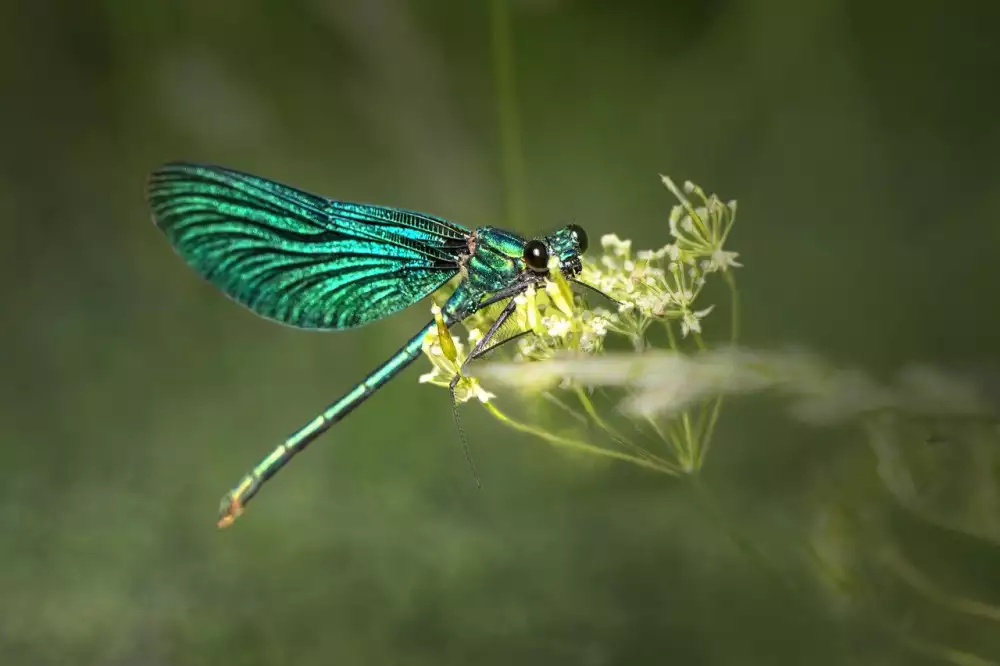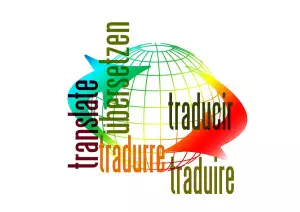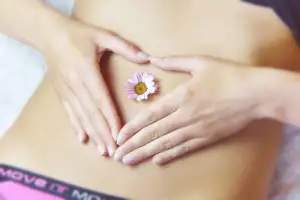The appearance of lice: How to recognize and detect the presence of lice on hair

- What are lice and what do they look like?
- Lice appearance - colour and size
- Body structure of lice
- Characteristics of hair lice
- How to recognise head lice in children and adults
- How head lice are transmitted
- How to get rid of head lice - prevention and treatment
- Recommendations for controlling head lice in families and schools
- Possible complications associated with all
What are lice and what do they look like?
Lice are small parasitic insect organisms that feed on human blood. They are mainly found on the head, but can also appear on the body or in the genital area. Head lice are about 2-4 mm in size and are grey-white or brown in colour. They have a flat body covered with a chitinous coating and six legs. They have small antennae on the head and a mouthparts suitable for sucking blood. It is important to note that lice are visible to the naked eye, so they can be easily recognized.
Lice appearance - colour and size
The appearance of lice is an important factor in recognizing and detecting their presence on the hair. Head lice are small parasitic insect organisms that feed on human blood. The color of head lice can vary by species, but they are usually brown or grayish. The size of lice is about 2-3 mm, which is a very small size that allows them to hide in the hair. It is important to note these characteristics in order to quickly recognize and detect the presence of lice on the hair.
Body structure of lice
The body structure of lice is very specific and adapted to their parasitic lifestyle. Head lice have a small and flat body that allows them to move easily between hairs. Their body is covered with a hard outer shell that provides them with protection. They have two antennae on their head which are used to sense their surroundings. They do not have eyes, but are equipped with a complex system of sensory organs to perceive heat, light, and vibrations. They have hook-like tentacles at the end of their body that help them attach to the host's hair. Overall, the lice's body structure is adapted to survive and reproduce on human hair.
Characteristics of hair lice
The characteristic features of lice on hair are important for their recognition and detection. Head lice are small parasitic insect organisms that feed on human blood. Their body is oval in shape and measures approximately 2-3 mm. They have six legs which attach to the roots of the hair. The colour of lice can vary from light brown to dark grey. Brown eggs, called nits, may also be visible on the head and are firmly attached to the hair shafts. The presence of lice on the head causes severe itching and skin irritation. It is important to take these characteristic signs seriously and take early action to prevent further spread of the infection.
How to recognise head lice in children and adults
Recognizing head lice in children and adults is important for prompt treatment and prevention of spread. The main symptom is itchy patches on the scalp, especially behind the ears and on the nape of the neck. A hair thread with lice or lice eggs (nits) is another indicator. In adults, reddened pimples or small bumps caused by scratching may appear. Careful examination of the hair and skin is necessary, and a lice comb can be used. If lice are found, it is important to start treatment immediately and inform others to prevent further spread of infection.
How head lice are transmitted
Lice are mainly transmitted by direct head-to-head contact. This means that head lice can easily be transmitted, for example, between children at school or family members. Head lice can also be transmitted through shared objects such as combs, hair plugs, hats or towels. Lice transmission is not associated with poor hygiene or dirt on the hair. It is important to be cautious and inform others of the presence of head lice to prevent further spread of infection.
How to get rid of head lice - prevention and treatment
Prevention of head lice is key to preventing their spread. It is important to wash your hair regularly and use appropriate hair products that contain lice repellents. It is also important to avoid sharing personal items such as combs, shampoos or hats.
If an infection occurs with all, treatment should be started immediately. There are several treatment options, such as special shampoos and permethrin or pyrethrin-based products. It is important to follow the instructions and repeat treatment as needed.
When removing head lice, it is also important to comb the hair with a special fine-toothed comb. This process should be carried out regularly over a period of several weeks to ensure complete removal of the lice and their eggs.
It is also advisable to inform family and close contacts of the infection by all so that they can take precautions and prevent further spread of this unpleasant parasitic infection.
Recommendations for controlling head lice in families and schools
It is recommended to regularly check the hair of family members, especially children, to detect the presence of head lice early. When checking, it is advisable to use a fine-toothed comb and carefully examine the entire scalp. If lice or nits are found, it is important to start treatment immediately and inform other family members or the school. In schools, preventive checks should be carried out on all pupils and measures put in place to prevent the spread of lice. It is also important to teach children hygiene habits such as not touching their heads with other people or sharing personal items. With this approach, the risk of infection can be reduced for everyone in schools and families.
Possible complications associated with all
Possible complications associated with all can include itching and scalp irritation that can lead to rashes and infections. In some cases, an allergic reaction to lice saliva may occur. Prolonged or repeated infestations of lice can lead to hair loss and inflammation. Other diseases such as eyelid pediculosis or typhoid fever can also be spread by lice transmission. It is therefore important to treat head lice immediately and take measures to prevent their spread.
Early diagnosis and treatment of head lice are key to preventing the spread of infection and complications associated with this parasitic infestation. It is important to be vigilant and carefully monitor the presence of head lice in children and adults. If lice are found, treatment with appropriate remedies should be initiated immediately and a thorough check of the entire family should be carried out. Prevention is also key, especially in schools where regular head checks should be carried out on every pupil. Head lice are not just an aesthetic problem, but can cause serious discomfort and potentially serious health complications.
Published: 11. 11. 2023
Category: health




